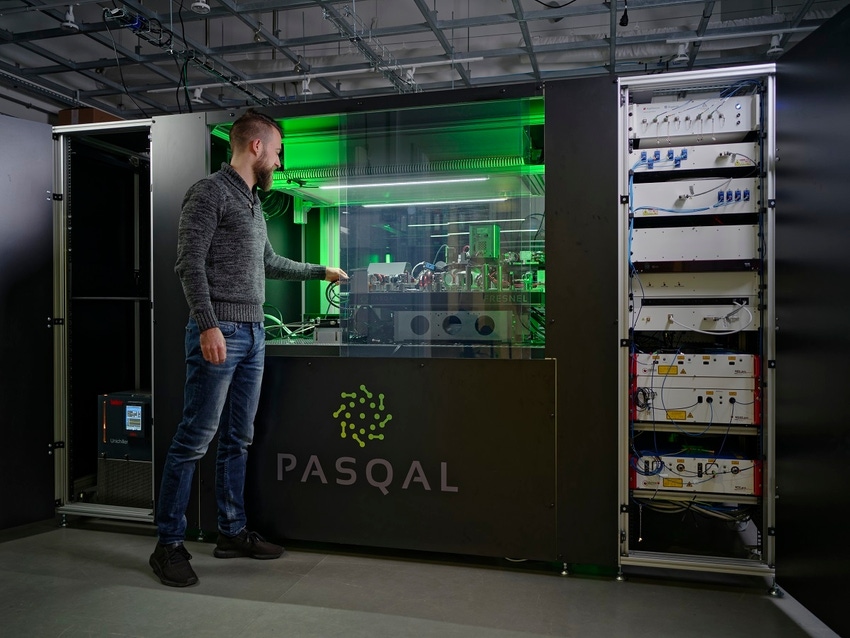
Connects decision-makers and solutions creators to what's next in quantum computing
Q&A with Pasqal chief commercial officer Benno Broer

BMW Group recently announced it is working with quantum processor manufacturer Pasqal to improve its primary manufacturing processes through accelerated simulations.
In this interview, Pasqal chief commercial officer Benno Broer explains how quantum computing can solve automotive manufacturing problems from a micro to a macro level and how the company aims to achieve quantum advantage by 2024.
Enter Quantum: Tell me about Pasqal’s business model.
Benno Broer: We’re a quantum hardware manufacturer; we develop and provide scalable neutral-atom quantum computers. We already have 100 qubits commercially available, and our technology is the only one that has no fundamental limit to scale to 10,000 qubits in one single quantum processing unit.
We combine typical digital quantum processors with an analog layer, which is a very efficient way to do things. In the BMW project, we're focusing on solving differential equations for doing metal bending simulations. We originally used a digital algorithm developed by Qu&Co, the company I founded.
When we merged with Pasqal we worked closely with the hardware team to figure out how to incorporate this analog mode and we now have a digital-analog version of the algorithm. It turns out that it was not only much faster but it’s also much less susceptible to noise, one of the greatest problems and currently a quantum processor. We expect to see quantum advantage sometime in 2024.
How did you first start working with BMW?
We first started working with them in 2019, working on atomistic-level simulations to design batteries. Atomistic is the lowest possible level, understanding how the chemistry in the battery works; the highest level would be the full battery pack.
BMW doesn't build batteries themselves, but they often get proposals to design a new battery and they want to test those claims with simulations before they invest.
It slowly evolved and we're moving up the length scale, so now we're on material deformation using the same differential equations used to model batteries, but at the macro scale. The use case that we're tackling is metal bending for safety and the pre-production design, production and optimization but using the same differential equations used for battery modelling.
For BMW, it's broader than this specific use case, it’s the underlying methods you can use for different applications in their business.
How does your work with BMW contribute to sustainability?
You can use the same differential equations for hydrogen fuel cell modelling for future cars and for optimizing aerodynamics. To reduce fuel consumption. Combine the work we’re doing on material deformation that is going to reduce the weight of the car while still maintaining the safety and structural integrity and that is the magic formula for reducing energy consumption and CO2 emissions.
About the Author(s)
You May Also Like
.png?width=100&auto=webp&quality=80&disable=upscale)
.png?width=400&auto=webp&quality=80&disable=upscale)




